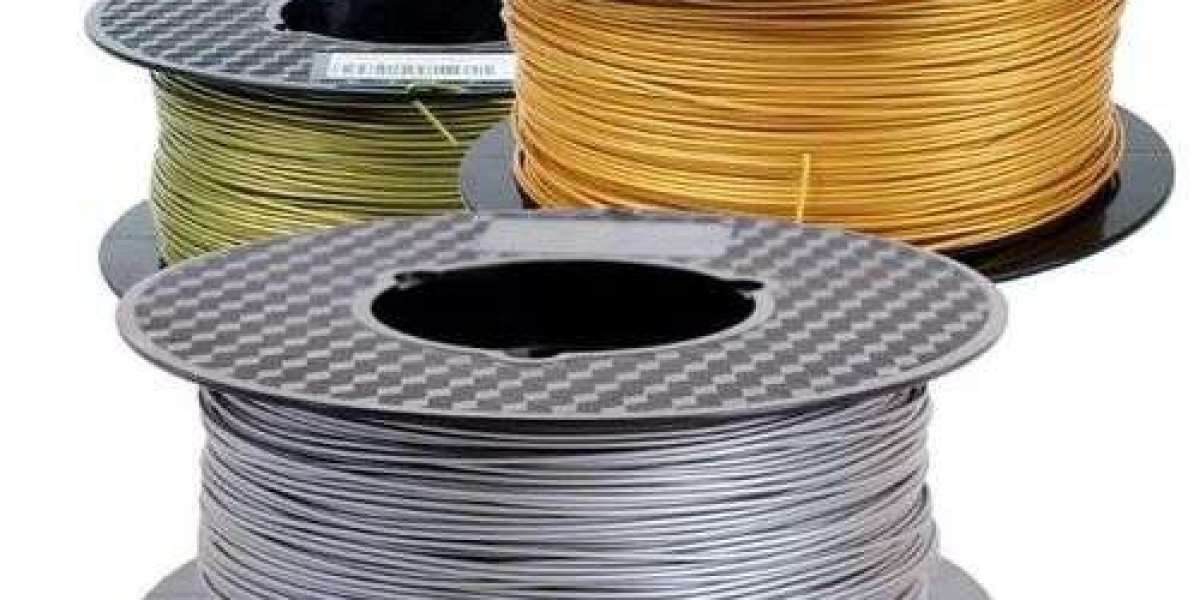Environmental factors such as humidity, temperature, and dust can significantly impact filament properties, making it essential to implement an environmental control system for bulk filament storage and handling. Proper control of these factors not only enhances filament performance but also extends its shelf life, reduces waste, and minimizes print defects. This article explores practical methods and benefits of maintaining environmental control for bulk filament in 3D printing.
Understanding the Environmental Factors
Humidity Control: The moisture sensitivity of filament materials like PLA, PETG, and nylon requires close monitoring of humidity levels. High humidity can cause filament to absorb moisture, leading to issues such as bubbling, brittleness, and surface roughness during printing. For bulk storage, the use of dehumidifiers, vacuum-sealed containers, and filament dryers ensures moisture levels remain at optimal levels. Maintaining humidity below 50% is generally recommended to preserve filament quality.
Temperature Stability: Filament materials perform best in stable temperature environments. Extreme temperature fluctuations can cause thermal degradation, altering the filament’s consistency and flexibility. This is especially important for bulk filament stored over long periods. Controlled-temperature storage rooms or specialized filament storage systems that maintain consistent temperatures prevent thermal stress on the filament and ensure optimal print quality.
Dust and Contaminant Prevention: Dust and other contaminants can impact filament quality, affecting the smooth flow of material during printing. In bulk filament environments, dust particles can settle on spools or bags, potentially leading to clogged nozzles or imperfections in prints. Implementing air filtration systems, regularly cleaning storage areas, and sealing filament spools in bags can minimize dust contamination.
Storage Solutions for Bulk Filament
For bulk filament storage, specially designed cabinets or filament storage boxes with environmental controls are ideal. Advanced storage units equipped with dehumidification and temperature regulation systems are an effective solution, particularly for industrial applications. Vacuum-sealed bags, commonly used for individual spools, are also valuable in bulk settings to ensure the filament’s integrity and quality over time.
Routine Environmental Monitoring
Regularly monitoring environmental conditions is crucial to the effective storage of bulk filament. Humidity and temperature sensors, along with data-logging devices, allow for constant monitoring and enable prompt corrective actions when necessary. For larger storage rooms, smart environmental control systems can be employed to automatically adjust conditions, ensuring that the filament remains protected around the clock.
Benefits of Environmental Control for Bulk Filament
Implementing environmental control in bulk filament storage has numerous advantages. Consistent filament quality leads to fewer failed prints, ultimately reducing material waste and costs. Extended filament lifespan translates to a more efficient inventory management process, as businesses don’t need to frequently replace degraded filament. Furthermore, environmental control enhances the precision and reliability of printed objects, which is essential in applications that demand high accuracy.
Conclusion
Environmental control is an essential practice for those handling bulk filament in the 3D printing industry. By effectively managing humidity, temperature, and contaminants, users can ensure the long-term quality and performance of their filament. Investing in environmental control solutions yields returns in print quality, material efficiency, and waste reduction, underscoring its value as a best practice in 3D printing operations.








